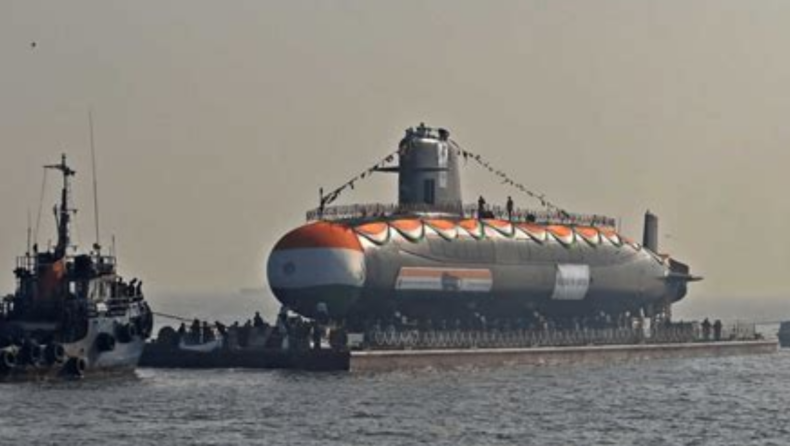Why is this in the news?
With China’s footprint in the Indian Ocean region expanding, the AIP aboard Indian submarines is urgently required. Also, France’s Naval Group recently refused the offer for the P-75I Project, citing the fact that it does not yet use AIP (Air-Independent Propulsion) Technology.
What exactly is AIP?
Air independent propulsion is referred to as AIP.It’s standard non-nuclear submarine technology.Any maritime propulsion system that enables a non-nuclear submarine to operate without the need of oxygen from the atmosphere.
Why is it necessary?
“In operations and during conflict, this will be even more so when the submarines will be expected to go in harm’s way in a dense Anti-Submarine warfare environment,” stated Commodore Anil Jai Singh, Vice President of the Indian Maritime Foundation.
From 1989 forward, AIP was originally installed on Swedish submarines, and it has since become nearly a standard feature on modern diesel-electric submarines. Pakistan, India’s arch-enemy, has an AIP on each of its three Agosta 90B submarines and is getting eight AIP-equipped Type 039 submarines from China in the later half of this decade.”
He also stated that the P75(I) submarines are unlikely to enter service before the early 2030s, by which time technology would have progressed even further and the AIP-lead acid battery combination would have been replaced by the AIP-lithium ion battery combination, which would provide the submarines with additional capability. The irony is that, while the DRDO technology may not be the favoured option due to its lack of provenance, three of the five foreign OEMs competing for P75(I) also lack a proven fuel cell-based system.
P751 project
The Cabinet Committee on Security authorised a 30-year plan in June 1999 for the Navy to build and induct 24 submarines in-house by 2030.
Two production lines were to be created in the first phase — the first, P-75, and the second, P-75I. Each submarine line was supposed to manufacture six submarines.
The six P-75 submarines are diesel-electric submarines that can be retrofitted with AIP technology at a later date.
At a cost of Rs. 43,000 crore, the P-75I project envisions the indigenous manufacturing of submarines fitted with cutting-edge Air Independent Propulsion systems.
Why AIP and why not ?
Benefits:
AIP has a force multiplier impact on a diesel electric submarine’s lethality since it increases the boat’s submerged endurance by many times. When compared to other methods, fuel cell-based AIP has advantages. AIP technology enables conventional submarines to stay submerged for far longer than diesel-electric submarines.
All conventional submarines must surface in order to run their generators, which recharge the batteries that allow the boat to operate underwater. However, the more often a submarine appears, the more likely it is to be discovered.
AIP allows a submarine to stay submerged for more than a fortnight, whereas diesel-electric vessels can only stay below for two to three days.
Downsides:
“Installing AIP increases the length and weight of the boats, requiring pressurised liquid oxygen (LOX) storage on-board, and supply for all three technologies,” according to the Australian report. “There is some acoustic noise from moving parts in MESMA and the Stirling engine; and the…unit submarine’s cost [increases] by roughly 10%.”
What types of submarines India have ?
SSKs are India’s 16 diesel-electric submarines. This number will rise to 18 after the last two Kalvari Class submarines are commissioned under P-75. India also possesses two SSBN nuclear-powered ballistic submarines.
Four Shishumar Class submarines were purchased and then built in India in collaboration with the Germans beginning in the 1980s; eight Kilo Class or Sindhughosh Class submarines were
purchased from Russia (including the former USSR) between 1984 and 2000; and four Kalvari Class submarines were built in India at MDL.
Published By –Supreeti Ghosh













